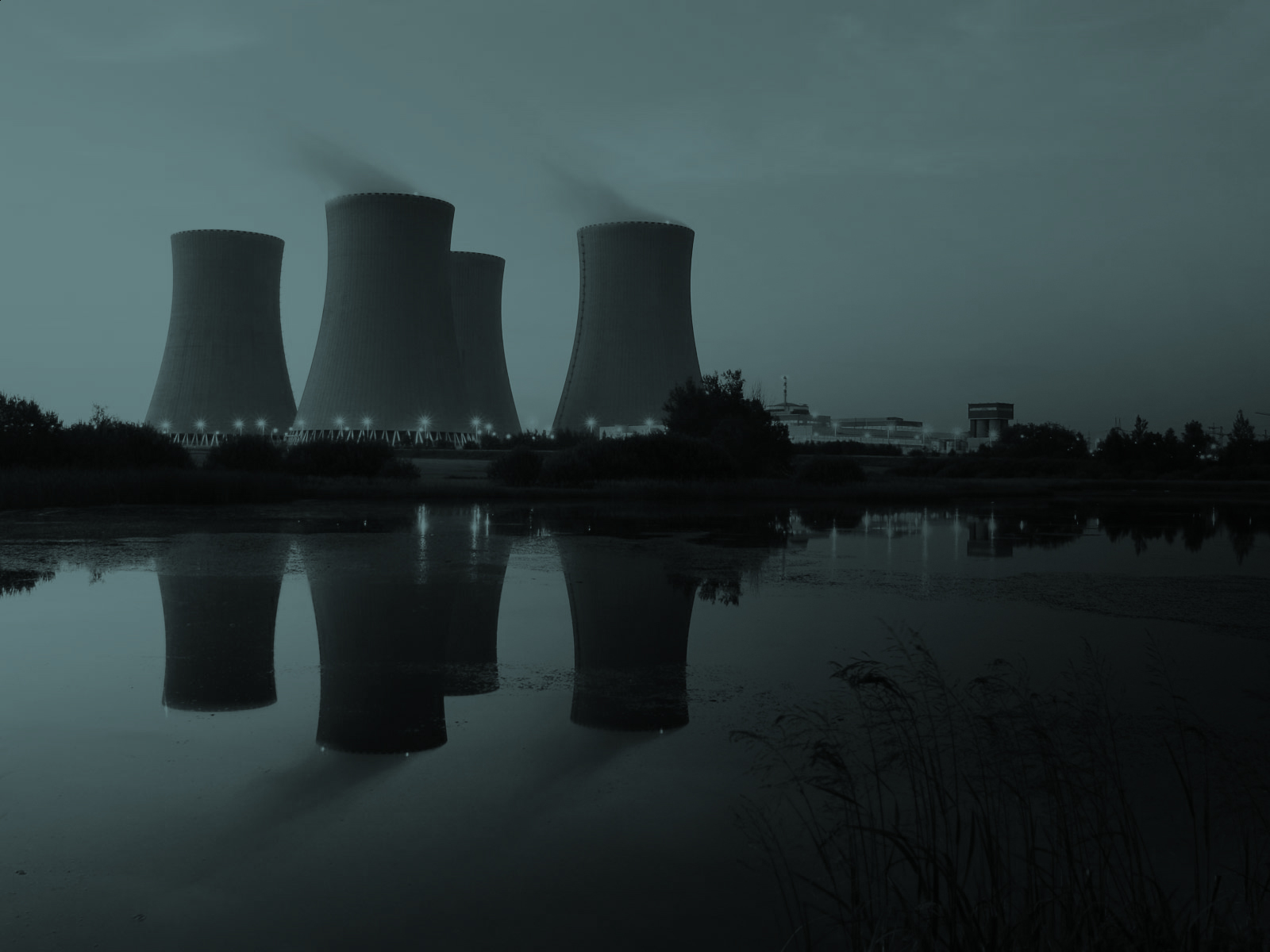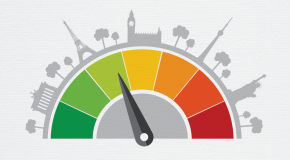Businesses across sectors are increasingly expected to measure and manage the environmental impact of their operations, for example by putting a price on their carbon dioxide (CO2) emissions. Two carbon-pricing systems have emerged: cap and trade, where governments set a limit on CO2 emissions and allocate or sell permits to companies; and directly taxing polluters on their CO2 emissions.
The Economist Intelligence Unit: Which of the two traditional carbon-pricing methods, cap and trade or carbon taxes, has proved to be the most efficient mechanism for reducing CO2 emissions?
Bruce Braine, American Electric Power: Cap and trade has proved to be more efficient and more widely used. The cap and trade system is a flexible market allowing participants to react quickly to changes in carbon pricing through operational changes and trading of allowances.
Carbon taxes put a fixed price on carbon, but do not regulate the quantity of emissions. As such, they often achieve excessive or insufficient emission reductions. Furthermore, carbon taxes can result in inefficiencies in the way that tax revenue is used or redistributed.
What are the incentives for companies to implement their own internal carbon pricing?
American Electric Power and others have been using internal CO2 pricing in recent years in anticipation of future operating and regulatory conditions. In many countries, corporations recognise that some sort of explicit or implicit price for CO2 emissions could be imposed upon them in the form of regulation, cap and trade or taxes. Today’s internal carbon prices represent companies’ best assessments of the most likely scenarios that they will encounter. Voluntarily imposing a carbon price on production and investment costs of current and future assets is the best way to consider and account for current and future climate regulatory risks.
According to the Carbon Disclosure Project, companies are assigning themselves an internal carbon price in a range from US$6/tonne to as much as US$60/tonne. Is such a wide price range a sign of pricing inaccuracy?
No, this reflects differing opinions on the most likely regulatory and legislative scenarios that companies expect to face in the future. It also reflects different expectations between countries and even between US states. Statistically, companies in countries that do not have carbon requirements or do not plan for them anytime soon have set much lower carbon prices on their operations (or in some cases none at all), while in countries where CO2 requirements are already present or are more imminent companies are generally anticipating higher prices/costs on their emissions.
At company level, how long does it take for internal carbon pricing policies to affect investment decision-making policy and lead to lower CO2 emissions?
In 2000, American Electric Power began voluntarily committing to reduce CO2 emissions, for example by joining the Chicago Climate Exchange with a self-imposed cap on corporate CO2 emissions and incorporating internal CO2 pricing. From 2000 to 2014 our emissions have dropped by 31% in total. Some of this has been because of changes in regulatory and market conditions (e.g. more plentiful, lower-priced natural gas). However, much has been the result of conscious decisions to diversify and use more gas and renewable energy. We expect to lower emissions still further: For instance, we plan to close some coal-fired power plants soon, which will lead to significant further reductions in CO2 over the next five years.
This interview is part of a series managed by The Economist Intelligence Unit for HSBC Commercial Banking. Visit HSBC Global Connections for more insight on international business.




